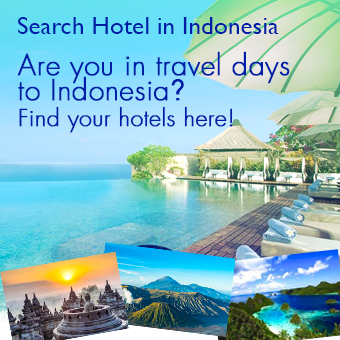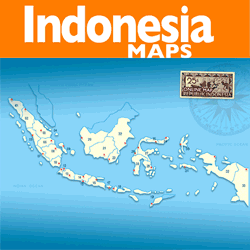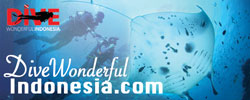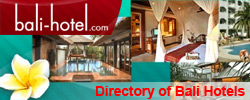The Natures of Raja Ampat

At some of the areas in Raja Ampat, there are some location where we can find soft corals and sea fans dominated, others are also about hard corals, seagrass beds, mangroves, shallow reefs, drop offs, caves, black sand, white sand and thousands species of fishes.
The high marine diversity in Raja Ampat is strongly influenced by its position between the Indian and Pacific Oceans, as coral and fish larvae are more easily shared between the two oceans. Raja Ampat's coral diversity, resilience, and role as a source for larval dispersal make it a global priority for marine protection. Coral reef ecosystems are the potential for coastal and marine resources which are prominent in the Raja Ampat Archipelago, especially around the small group of islands.
The Archipelago is located in the 'Coral Triangle' which in the 'heart' of diversity of coral reefs of the world with all the associated biota within, such as various types of reef fish, mollusks and crustaceans. There are about 540 species of hard coral, including 13 endemic species (about 75% of coral species in the world), and more than 1070 species of reef fish and 60 species of crayfish.
Moreover, there are 699 softbone species of animal and species of mollusks, which consists of 530 snails or Gastropoda, 159 shellfish (Bivalva), 2 Ccaphoda, 5 squid (Cephalopoda), and 3 Chiton, made Raja Ampat archipelago as small island region with tremendous marine biodiversity and the high productivity of fisheries of a high economic value.

Learn to Cook Papeda at Weriagar District, West Papua
Weriagar is a district located in Teluk Bintuni Regency, West Papua Province, Indonesia. The staple food of the local Weriagar community is Papeda. Papeda is made from sago cooked in boiling water on a stove until the dough looks like glue. Papeda is delicious eaten with fish in soup. Sayur bunga pepaya (papaya flower bud vegetables) and tumis kangkung (stir-fried water spinach) are often served as side-dish vegetables to accompany papeda. On some coasts and lowlands on Papua, sago is the main ingredient to all the foods. Sagu bakar, sagu…
Tanjung Kasuari, Sorong
Tanjung Kasuari beach is located in Sorong city, West Papua. This tourism object is becomes one of the most visited tourism objects in Sorong and it has been visited almost everyday. It located around 7Km from down town of Sorong city, and it can be reach by using private vehicle or public transportation. The nuance in this beach is windy and it has white sandy path along the beach, the clear water and coconut trees along the area. It so refreshing and tropical alike. Moreover, the visitors can enjoy the sunset…
Nusrowi Island, The Exotic One On West Papua
Nusrowi Island is located on the west of Rumberpon island, Wondama Bay district. This small island has an area of ??approximately 4 hectares and surrounded by shallow waters and filled with coral reefs and many species of ornamental fish. You can also see other marine commodities like grouper, sea cucumbers and lobsters. In this place you can do your favorite activities such as diving, coral reef observations and fishing; to get to this place from Ransiki to a location, we can use a longboat which takes about 1.5 hours. www.Indonesia-Tourism.com
Amazingly Fak Fak
Fak Fak This district is famous for the agriculture plant of nutmeg, which make this city known as “Kota Pala” or the city of nutmeg. Fakfak regency is one of the oldest cities in Papua, with a high civilization. Historically Fakfak was a significant port town, being one of the few Papuan towns that had relations with the Sultanate of Ternate, being bound to it. The Sultanate later granted the Dutch colonial government permission to settle in Papua, including in Fakfak. The Dutch began the settlement in 1898. The town…









